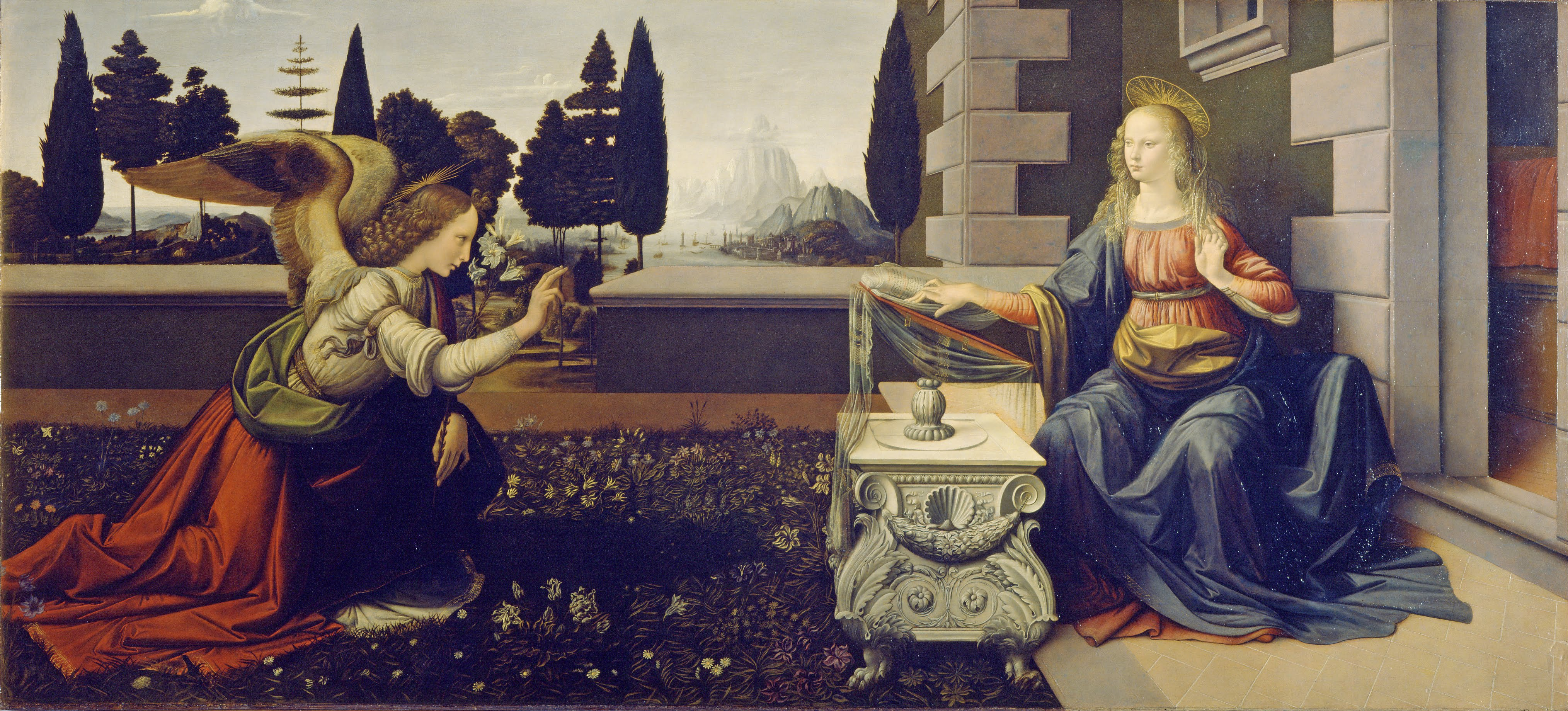Leonardo da Vinci was a man of
many trades. A majority may know him as a world renowned painter, but few may realize
that da Vinci was a man who partook in crafts such as sculpting, architecture,
innovation and engineering. Born in the hills of Tuscany on April 15, 1452, da
Vinci was born into a family with little means. At the age of 5, da Vinci would
move to his father’s estate which was located in Vinci; the nearby Tuscan town
which da Vinci’s last name derives from. Da Vinci would continue his childhood
as any normal child, receiving formal education in areas such as reading,
writing and mathematics. But around the age of 14, da Vinci displayed an
unusually gifted talent in the arts. As a result, he would receive an invitation
which led to an apprenticeship with the accredited artist, Andrea Del
Verrocchio. Da Vinci would continue to learn a number of skills from
Verrocchio, including metalworking, leather arts, carpentry, drawing, painting
and sculpting. Da Vinci was described as an artist with “unquenchable curiosity”.
From an early age, his “feverishly inventive Imagination” would allow him to
thrive as an artist, and eventually, would lead to his membership as a master
artist in Florence’s Guild of Saint Luke at the age of 20. As gifted as da
Vinci was, he was also considered a rebel, and possibly an outlaw. Records show
that in 1476, da Vinci, alongside four young men, were charged with sodomy, a
crime which, during the time, resulted in exile. Da Vinci would eventually be acquitted
of the charges, but during two years of da Vinci’s young life, his whereabouts
were unknown. Da Vinci’s humble beginnings would lead to a long and fulfilling
career as an artist. Considered to be an archetype of the Renaissance era, his
methods were considered revolutionary, during a time in which society had never
seen techniques that can be described as “empirical” and “superhuman”; yet,
oddly “mysterious”. Many believe da Vinci to be a pioneer who was not only an
artist, but a scientist. His work was considered scientific for the fact that
he had a deep understanding and knowledge of aspects such as light, shade and
the human body. Da Vinci states “A good painter has two chief objects to paint –man
and the intention of his soul”.
 |
| Annunciation. By Leonardo da Vinci and Andrea Del Verrocchio. |
-Here, we have one of da Vinci’s
first credited works: The Annunciation. This piece speaks volumes to the beginning
of da Vinci’s young and promising career. We see Gabriel, an angel who is instructed to announce that a Virgin, Mary, would miraculously give birth to a young
Jesus; a person who will eventually “reign for eternity”. Particularly, notice
the landscape within the background of the painting. Da Vinci was highly
regarded for his ability to portray landscape within his work. Notice how the angel’s
wings are portrayed and rather heavily focused upon.
Supposedly, it is understood that da Vinci captured a bird in mid-flight in
order to portray the wings upon the angels back.
Authors: Jacob Mikus
Wonderful!
ReplyDeleteI really like how you present this description, like in a real exhibition:) Great job!
ReplyDeleteVery interesting history on da Vinci’s younger life. I’m completely dumbfounded that he was accused of sodomy! I like to think he was wrongfully accused considering no witnesses.
ReplyDeleteI was unaware that he started his art career so young! It seems that he has loved and had artistic abilities from a young age.
ReplyDeleteIt's so impressive he started art at such a young age. It makes sense that art was his passion.
ReplyDeleteThis is really great! I like how you put everything together and it was very informational with unique facts.
ReplyDeleteVery unique way to put together and display the information. The fact that he might have been accused of sodomy without hard proof is ridiculous to me.
ReplyDelete^Riad Perviz.. Dont know why I come up as unknown
DeleteI really liked you presentation. It was interesting to read about him. The description you gave for the painting is amazing.
ReplyDelete